The charm of Ubajara National Park and its tourist attractions
The Ubajara National Park is located in the municipality of Ubajara, in the state of Ceará.
Ubajara is a municipality located in the Serra de Ibiapaba, 340 kilometres from Fortaleza. Recognised as the tourist capital of the Serra da Ibiapaba, the town is small, cosy and well wooded, offering an ideal environment for nature lovers.
The town has good signposting and tourist infrastructure, including hotels, restaurants and COOPTUR (Cooperativa de Trabalho e Assistência ao Turismo Ltda). Ubajara has a number of natural attractions, such as waterfalls, rivers, streams, caves and ecological trails.

Geophysical aspects
The Ibiapaba Plateau, also known as Chapada da Ibiapaba or Serra Grande, begins 40 kilometres from the coast and extends to the western part of the state, covering a total of 121 kilometres.
Nine cities make up the region: Viçosa do Ceará, Tianguá, Ibiapina, São Benedito, Carnaubal, Guaraciaba do Norte, Crotatá, Ipu and Ubajara.
The altitude of the mountains varies between 700 and 990 metres and the climate is between 18 and 29ºC. The predominantly sandy soils are composed of crystalline limestone with saline sediments.
The vegetation is rich and varied, including tropical pluvial, tropical pluvial-nebular and caatinga.
The region is fed by the Jaburu Reservoir, with a capacity of 220,000,000 m³, and has an abundance of fauna and flora, making it even more breathtaking.

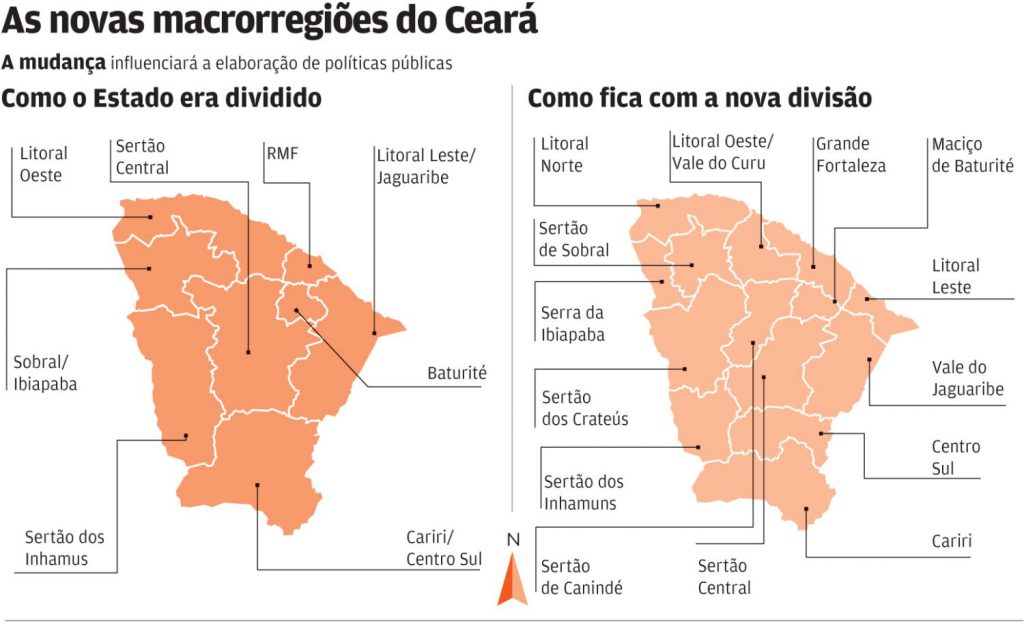
Best time to visit
The best time to visit Ubajara National Park is during winter, between June and September, when temperatures are milder and rainfall less frequent. During this time, the weather is more pleasant for outdoor activities such as hiking and trips to the waterfalls.
The rainy season is between January and June, with the heaviest rainfall between February and April, which can affect some activities and access to certain areas of the park. Therefore, planning your visit for the winter months can guarantee a more enjoyable and safer experience.
Videos of Serra de Ibiapaba and Ubajara National Park


Viçosa no Ceará11:33

Parque Nacional de Ubajara05:40

Parque Nacional de Ubajara - Reportagem07:23

Serra de Ibiapaba no Ceará
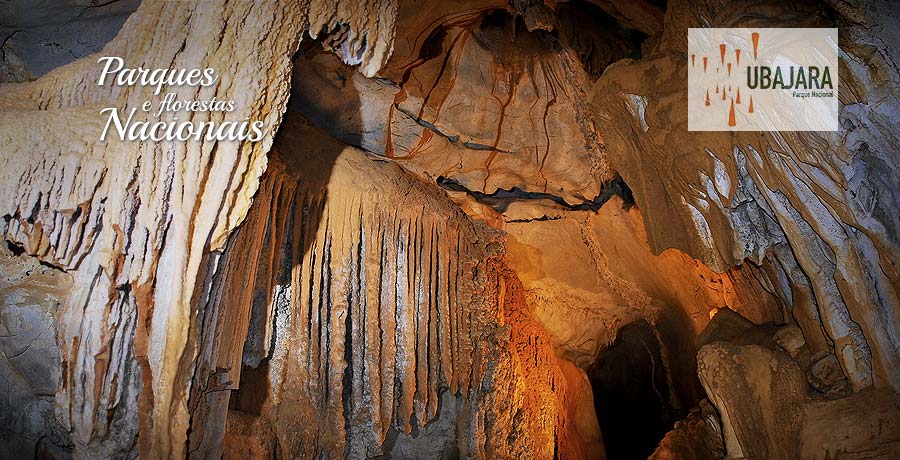
Gruta de Ubajara07:29

Ubajara - Pontos Turísticos04:15
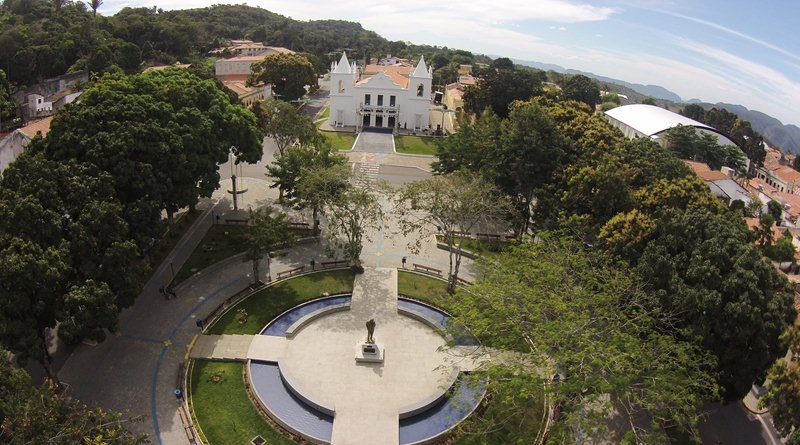
Alguns Pontos Turísticos - Viçosa no Ceará05:42
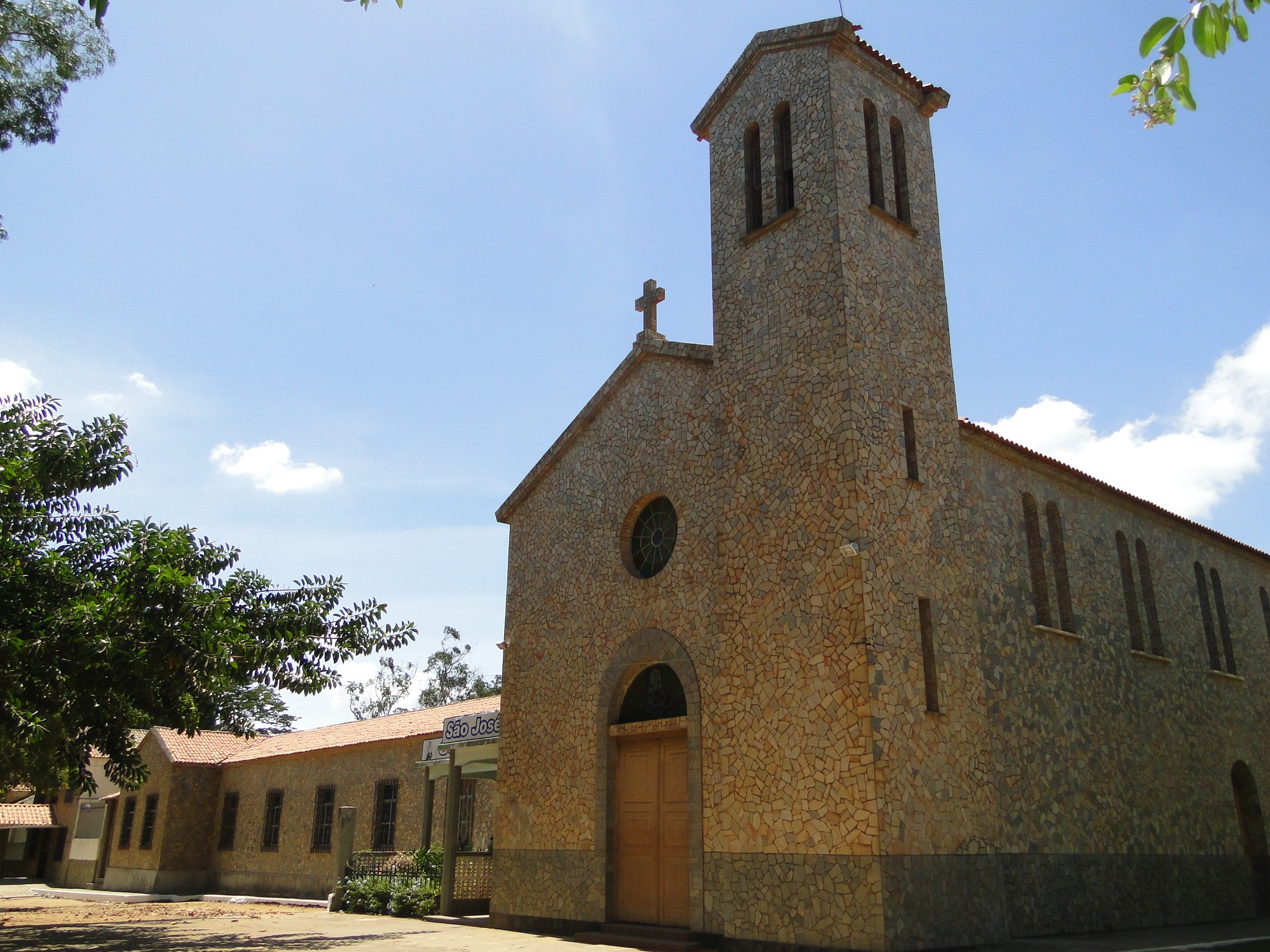
Tianguá no Ceará04:20
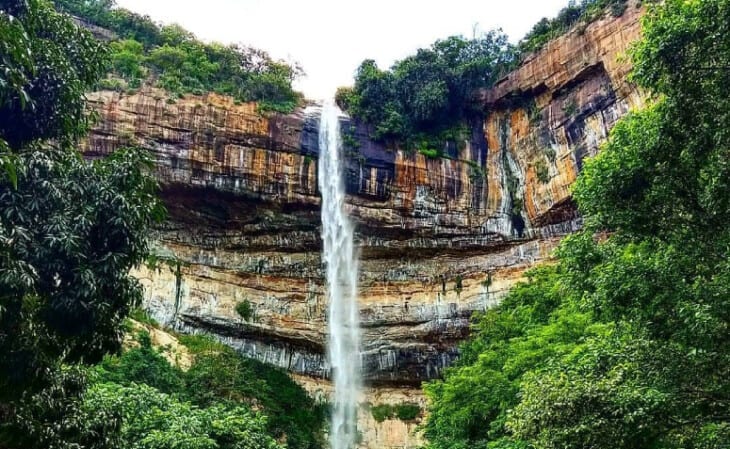
Ubajara - Guia Completo05:40

VIÇOSA DO CEARÁ, A CIDADE HISTÓRICA DA SERRA DA IBIAPABA
Origin of the name Ubajara
The origin of the name Ubajara is indigenous and means “Lord of the Canoe” or “Mother of the Water Canoe“. Various translations of the toponym Ubajara have been made, all relating to the cave. The spelling “Ubajara”, which means “Lord of the Canoe” (Ubá = canoe; Jará = lord), has prevailed.
Historians such as Pedro Ferreira have mentioned epic legends associated with the cave, suggesting that the name comes from a chief who lived in the area for many years.
The legend tells of an old chief who owned a canoe and was the first inhabitant of the cave, emphasising the importance of water to the region.
Other translations include “Lord of the Arrows” and “Excellent Arrowman“. In 1740, an arraial called Ubajara was established between the current city and the district of Araticum, which was extinguished in 1765 after mining in the cave ceased.
In 1877 a village called “Jacaré” was rebuilt after a fire, and in 1903 the town was renamed Ubajara. The municipality was officially created in 1915, with its headquarters in what was then Vila de Ubajara.
Geography
The geographical area of Ubajara is characterised by Paleozoic rocks (Siluro-Devonian), belonging to the Serra Grande Group and the Ubajara Group, made up of sandstones and limestones.
These formations are fundamental in characterising the morphological features, especially the carbonate rocks that form the Ubajara Cave, an important ecosystem for scientific tourism.
Climate in Ceará
The climate in Ubajara is pleasant, with temperatures varying between 14º C and 30º C, and an average of 24º C. The climate is divided into two seasons: “winter, which is the rainy season, and summer, which is the dry season.
The rainy season takes place between January and June and concentrates around 80 to 90% of the total annual rainfall, with the wettest quarter being February, March and April.
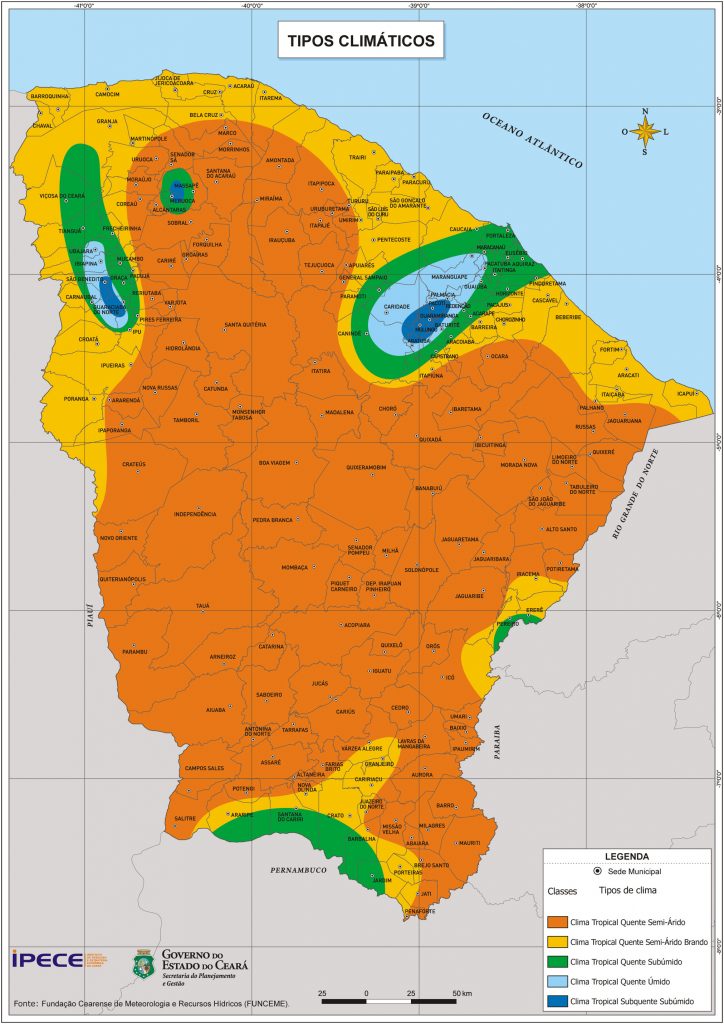
Places of interest in the municipality of Ubajara
1. Town of Ubajara
- Major Pergentino de Souza Costa’s House: Built in 1917, it retains its original architecture and is well preserved, located in the centre of the town.
- Eupídio Luiz Ferreira’s House: Built in 1928, it is one of the first buildings in Ubajara and has preserved its original architecture.
- Mother Church: Built in 1886, it has a simple patrimony with plaster images and is located in the centre of the town.
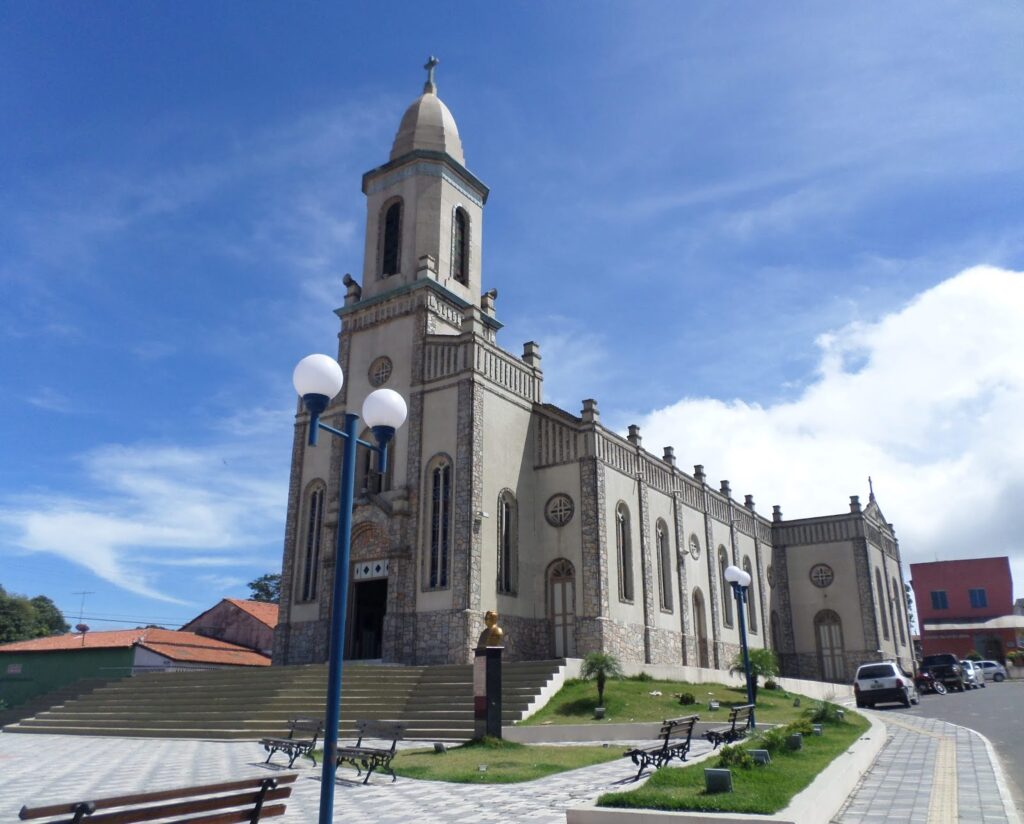
2. Ubajara National Park
Ubajara National Park is one of the most important natural attractions of Ubajara.
Although it is the smallest of the 35 Brazilian National Parks, with an area of 563 hectares, its natural beauty and biodiversity are unrivalled.
Located in the Serra da Ibiapaba, it is managed by IBAMA and aims to protect Ceará’s most important speleological heritage.

Main attractions of Ubajara National Park
- Ubajara Cave: Formed by limestone sculpted by underground water, it can be accessed by foot or cable car.
- Fossil Bear Cave: Closed to visitors, it is important because of the animal fossils found inside.
- Visitor Centre: Next to the Neblina Gate, it has a library, a video room and a permanent exhibition with information about the region.
- Gameleira Waterfall: It has a viewpoint from which you can enjoy a beautiful view of the park.
- Cafundó Waterfall: Located on the Bela Vista stream, it forms a natural pool.
- Rio das Minas: A stretch of the Ubajara River, with swimming pools and close to the Ubajara Cave.
- Cachoeira do Boi Morto: Located inside the park, divided into two areas: the upper part (the spa) and the lower part (the natural waterfalls).
- Frade Waterfall: Located between two mountains, it is ideal for swimming and hiking, where you can see a stone in the shape of a monk.
- Cable car: The cable car of the Ubajara National Park is one of the postcards of the Serra da Ibiapaba.
- Mirante da Gameleira: A walk of about 1,250 metres along the Samambaia trail takes you to the Mirante da Gameleira, from where you have a direct view of the Cafundó waterfall.
- Bica do Cafundó: Located in the Ubajara National Park, it offers ecological walks and swimming.
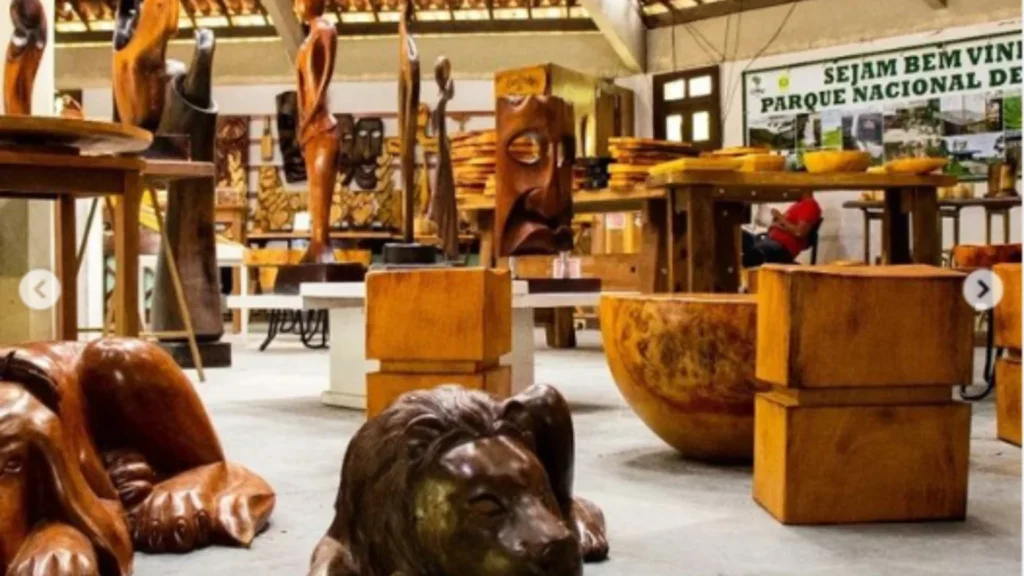
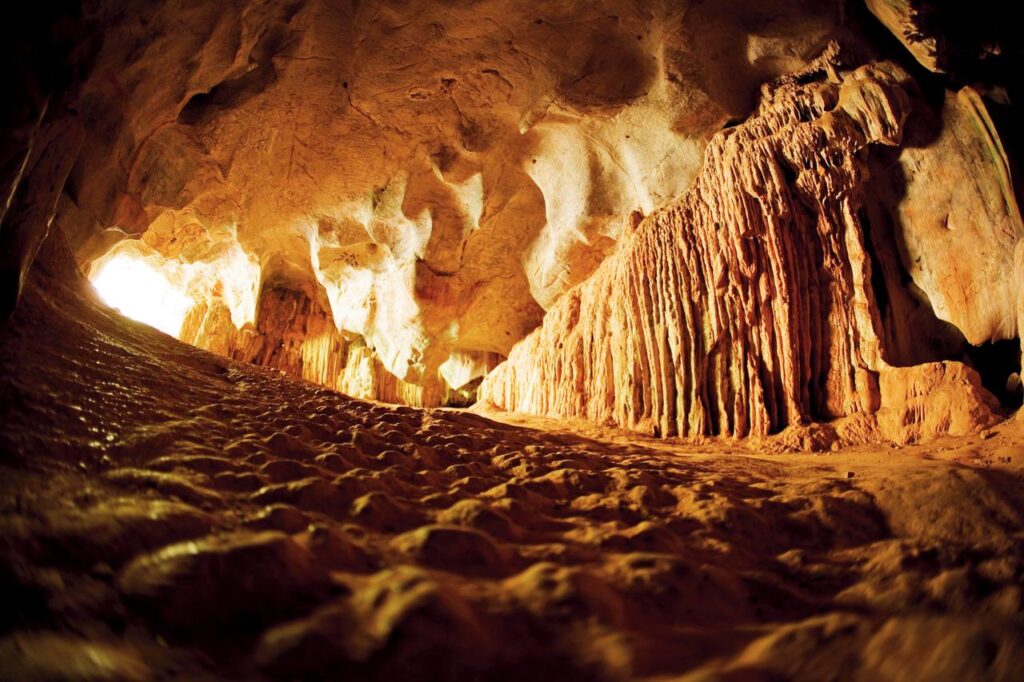
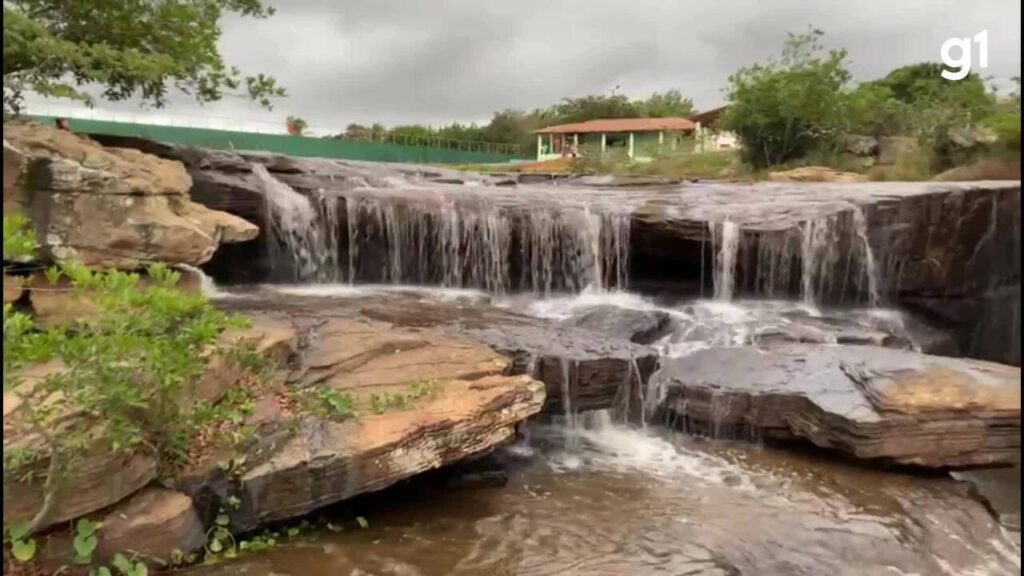
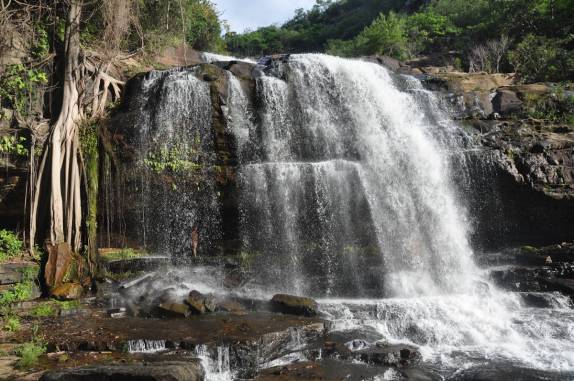
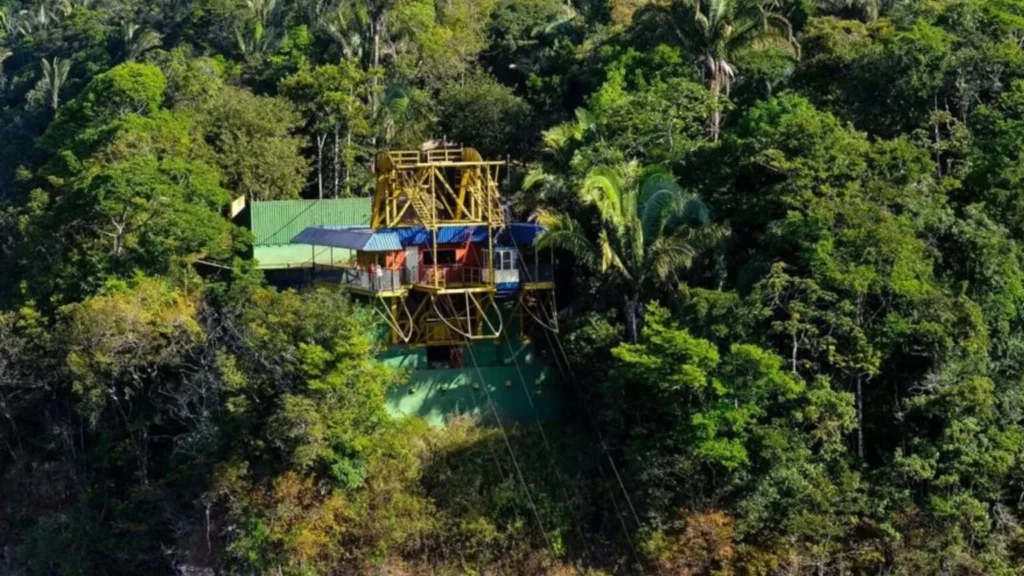
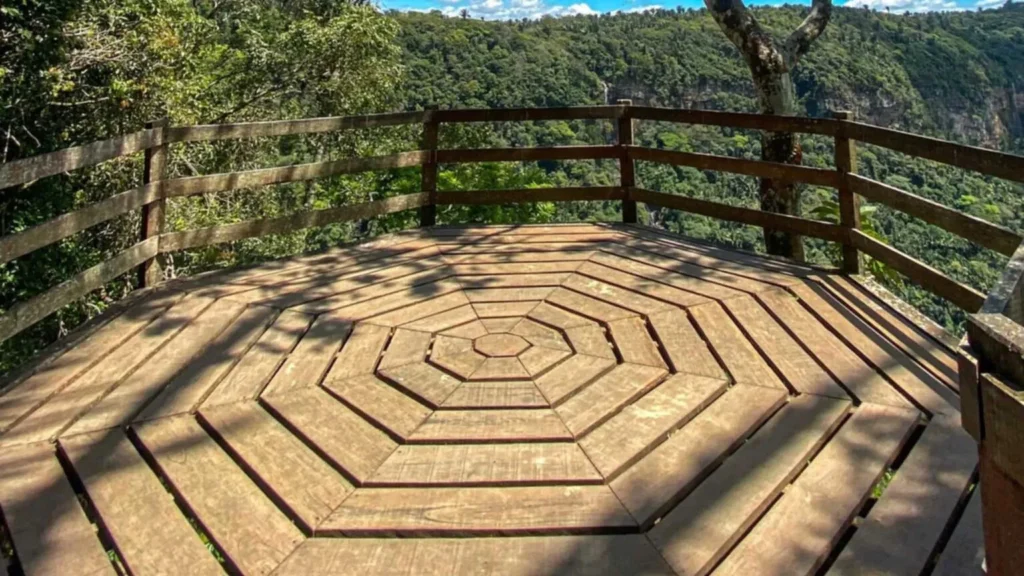
Cable car in Ubajara National Park
The Ubajara National Park cable car is one of the postcards of the Serra da Ibiapaba, descending 550 metres. It is an alternative to the nearly four-hour walk to the Ubajara Cave, and offers a magnificent view of the region.
The cave is divided into three zones: extensive use zone (not open to visitors), intensive use zone (open to visitors) and intangible zone (not open to visitors).
Ubajara Cave
The Ubajara Cave, one of the park’s main attractions, has already undergone changes to its structure, with lighting and passageways for visitors.
It was formed in limestone rock by a process of dissolution in which water and carbon dioxide turn into carbonic acid, which reacts with the limestone to form channels that eventually become galleries and halls.
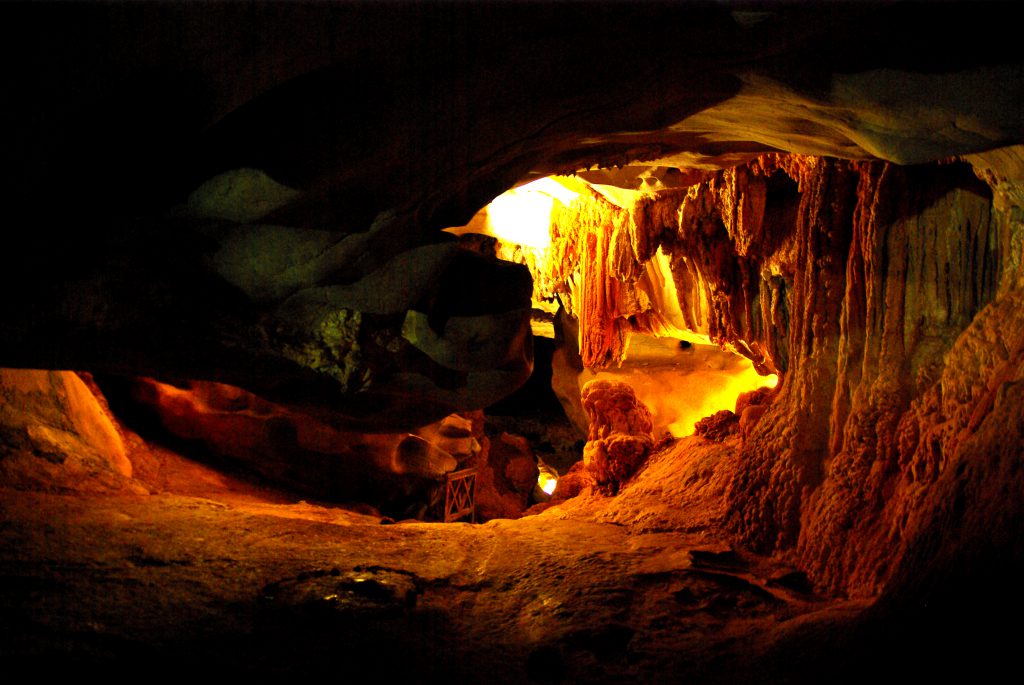
The cave has various forms of speleothems, such as stalactites and stalagmites, and other formations of different colours. At an altitude of 535 metres, it is rich in speleothems and offers hiking and walking trails.
Rooms of the Ubajara Cave
- Picture Room: Limestone formations resembling a petrified waterfall, containing an image of the Virgin of Lourdes.
- Bell Room: A stone that emits a melodious sound when struck.
- Rose Room: Featuring a rose-shaped ceiling with water dripping down to form mortar.
- Curtain Room: It has concentrations of limestone that resemble luxurious curtains.
- Portrait Room: It has dark stains that resemble portraits.
- Indian Room: Represents the presence of indigenous tribes in the region.
- Room of the Breasts: Formations resembling women’s breasts, decorated with stalactites and stalagmites.
- Chamber of the Nativity: Formations resembling biblical figures.
- Hall of Brilliance: Contains an abundance of crystal stones.
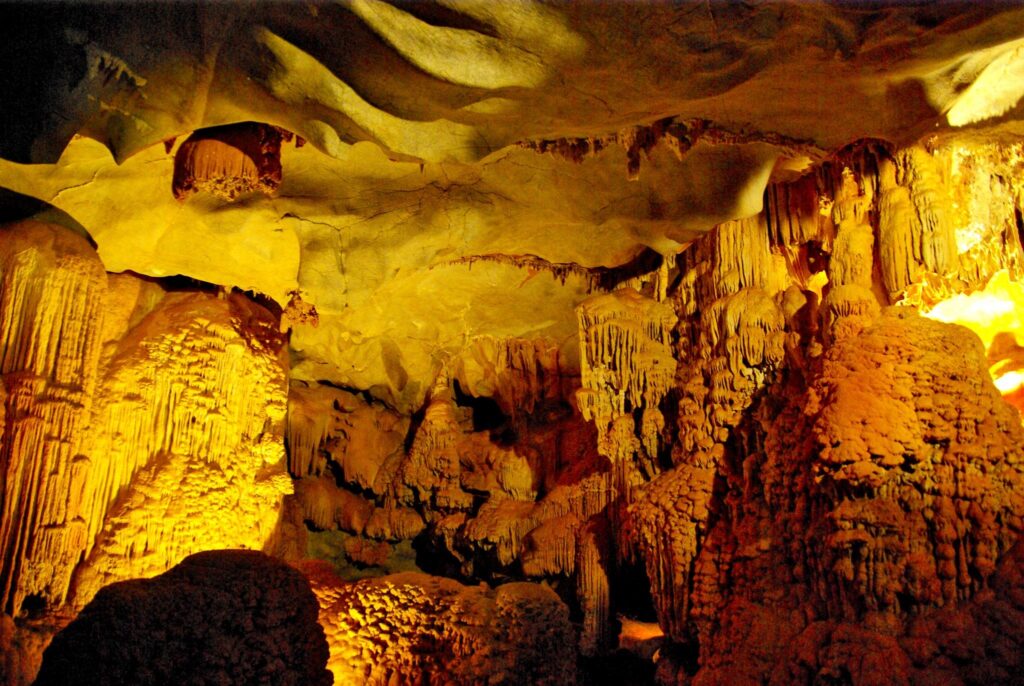
Access to Ubajara National Park
To get to Ubajara National Park, visitors can use the following directions:
- By car: From Fortaleza, take the BR-222 motorway towards Tianguá. Once you have passed through Tianguá, follow the signs to Ubajara. The road is well signposted and easily accessible.
- By Bus: Several companies run buses from Fortaleza to Ubajara. The trip takes about 6 hours. Once in Ubajara, the park is a short distance from the city centre.
- Local Transport: Once in Ubajara, you can use taxis or local transport to get to the park.
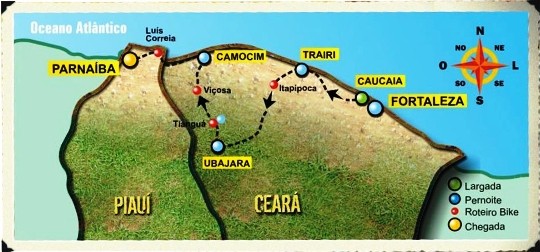
Mountains of Ceará
- Serra de Aratanha: Located in the metropolitan region of Fortaleza, it is an extension of the Baturité Massif.
- Serra de Baturité: This is the largest protected area in the state, covering 32,690 hectares.
- Serra de Ibiapaba: Known as Serra Grande, this is a mountainous region in the northwest of Ceará, where the oldest town is Viçosa do Ceará.
- Serra de Meruoca: Located in the municipality of Sobral, famous for its crystal clear waters and waterfalls.
Publicações Relacionadas
Baturité Massif: A Scenic Destination in Ceará
Guaramiranga: The Switzerland of Ceará
Cariri in Ceará: An Ecological and Cultural Tourism Destination
Religious Tourism in Juazeiro do Norte and in Northeast Brazil
Three-day tour of the Cariri region of Ceará
Serra de Ibiapaba: A natural paradise for adventure and ecotourism
This post is also on:
![]() Português
Português ![]() English
English ![]() Deutsch
Deutsch ![]() Español
Español ![]() Français
Français



















